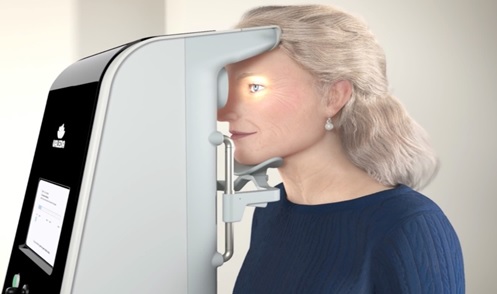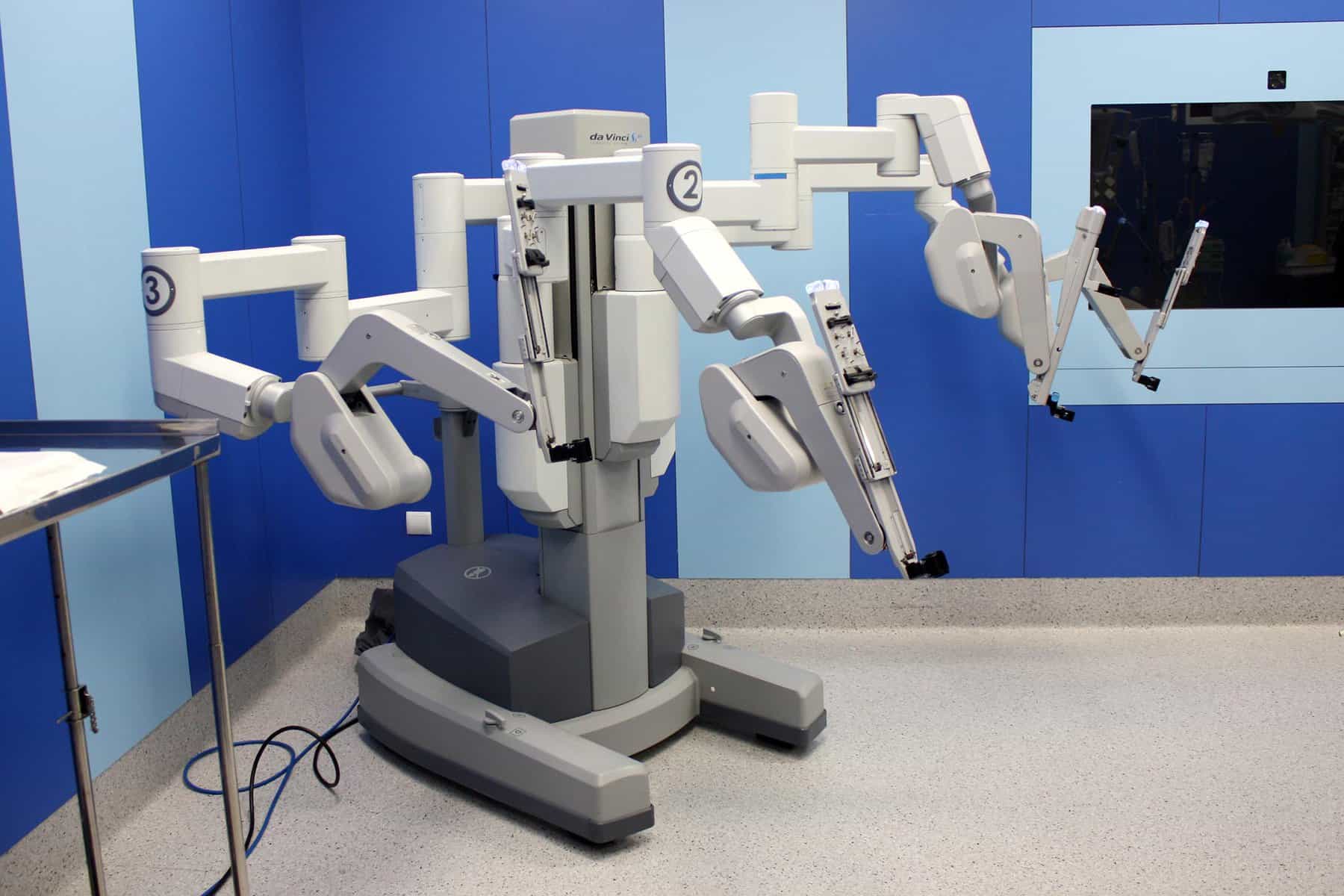Valeda Photobiomodulation Therapy is an innovative, non-invasive treatment designed to improve retinal health. It uses specific wavelengths of light to stimulate cellular energy production, promoting repair and reducing inflammation. This therapy is particularly beneficial for those with degenerative retinal conditions, including dry age-related macular degeneration (AMD), where current treatment options are limited.
By enhancing cellular metabolism, Valeda therapy aims to slow the progression of retinal diseases and help preserve vision. Many patients seek alternative therapies that can complement standard care, and Valeda offers a promising solution. This article explores what Valeda therapy is, how it works, its benefits, and its role in treating retinal conditions.
Understanding Valeda Photobiomodulation Therapy
Valeda Photobiomodulation Therapy is a light-based treatment that targets the retina, the light-sensitive tissue at the back of the eye. It delivers controlled wavelengths of light to stimulate energy production within retinal cells. This process enhances cellular function and helps repair damage caused by oxidative stress and inflammation.
The therapy has been approved by the FDA for treating conditions such as dry AMD, where no pharmacological treatments are currently available. By improving cell metabolism, Valeda therapy aims to stabilise vision and slow down the deterioration associated with retinal diseases.
How Does Valeda Photobiomodulation Therapy Work?
The Science Behind Photobiomodulation
Photobiomodulation works by using specific light wavelengths to target mitochondria, the energy-producing structures within cells. The light stimulates these mitochondria, increasing the production of adenosine triphosphate (ATP), the primary energy source for cells.
By boosting ATP levels, retinal cells become more resilient to damage caused by oxidative stress. This process helps slow cell degeneration and promotes repair, which is crucial in conditions like dry AMD, where retinal cells deteriorate over time. The therapy also reduces inflammation, which plays a significant role in retinal disease progression.
The Treatment Process
Valeda therapy involves a series of short treatment sessions spread over several weeks. Each session lasts a few minutes and is entirely non-invasive.
During the procedure, the patient sits comfortably while a controlled beam of light is directed at the eyes. No anaesthesia or sedation is required, and the treatment is completely painless. After the session, patients can resume their normal activities immediately.
Targeted Conditions
Valeda therapy is primarily used for managing dry AMD, a condition that causes progressive central vision loss. Research is also exploring its potential benefits for other degenerative retinal diseases, including diabetic retinopathy and retinitis pigmentosa. The therapy offers hope for those with limited treatment options, providing a way to maintain vision for longer.
Benefits of Valeda Photobiomodulation Therapy
Non-Invasive and Painless Treatment
One of the key benefits of Valeda therapy is that it is entirely non-invasive. There are no injections, incisions, or medications involved. Patients experience no discomfort during the sessions, making it a stress-free option for those looking for alternative treatments.
Promotes Retinal Cell Repair and Function
Valeda therapy enhances the natural repair mechanisms of retinal cells. By increasing ATP production, the therapy strengthens cell metabolism and improves resilience against oxidative stress. This helps slow the progression of conditions like dry AMD, where retinal cells gradually degenerate.
Potential to Improve Visual Function
While Valeda therapy does not cure AMD, studies suggest it may help stabilise or improve vision in some patients. Research indicates that the treatment can enhance contrast sensitivity and reduce visual distortions, improving overall visual function.

How Effective Is Valeda Photobiomodulation Therapy?
Current Research and Clinical Studies
Clinical studies have shown promising results for Valeda therapy in managing dry AMD. Research indicates improvements in visual function and contrast sensitivity, as well as reduced progression of retinal cell degeneration. The treatment has been well-tolerated, with no significant side effects reported.
Who Can Benefit from Valeda Therapy?
Valeda therapy is most effective for patients with early to moderate dry AMD. Those experiencing mild vision impairment due to retinal cell degeneration may benefit from the treatment’s ability to slow disease progression. While it does not restore lost vision, it can help maintain visual function for longer.
Is Valeda Therapy Safe?
Potential Side Effects and Risks
Valeda therapy is considered safe and well-tolerated. Most patients experience no discomfort or side effects. In rare cases, some may experience temporary light sensitivity, but this typically resolves quickly. Unlike invasive procedures, there is no risk of infection or complications.
Comparing Valeda to Other Treatments
Unlike anti-VEGF injections used for wet AMD, Valeda therapy offers a treatment option for dry AMD, which currently has no drug-based therapies. It provides an alternative for patients looking for a non-invasive approach to preserving vision.
What to Expect During and After Treatment
During the Treatment Session
A Valeda therapy session is straightforward and quick. Patients are seated comfortably while the light is directed at their eyes. Each session lasts only a few minutes, and no preparation or sedation is required.
Post-Treatment Expectations
After the session, patients can return to their normal routine immediately. There is no downtime or recovery period. While results vary between individuals, regular follow-up assessments help monitor progress and determine the need for additional treatments.
Valeda Photobiomodulation Therapy is a breakthrough in retinal care, offering a non-invasive and painless approach to managing dry AMD. By promoting retinal cell repair and improving cellular energy production, it helps slow disease progression and may enhance visual function.
As research continues, Valeda therapy could become a key treatment for those looking to preserve their vision. Patients interested in exploring this innovative therapy should seek specialist consultation to determine if it is suitable for their condition.
If you or a loved one is experiencing vision changes due to dry AMD, consider scheduling a consultation to discuss Valeda Photobiomodulation Therapy. Contact us today to learn more about how this advanced treatment can help preserve your vision.


